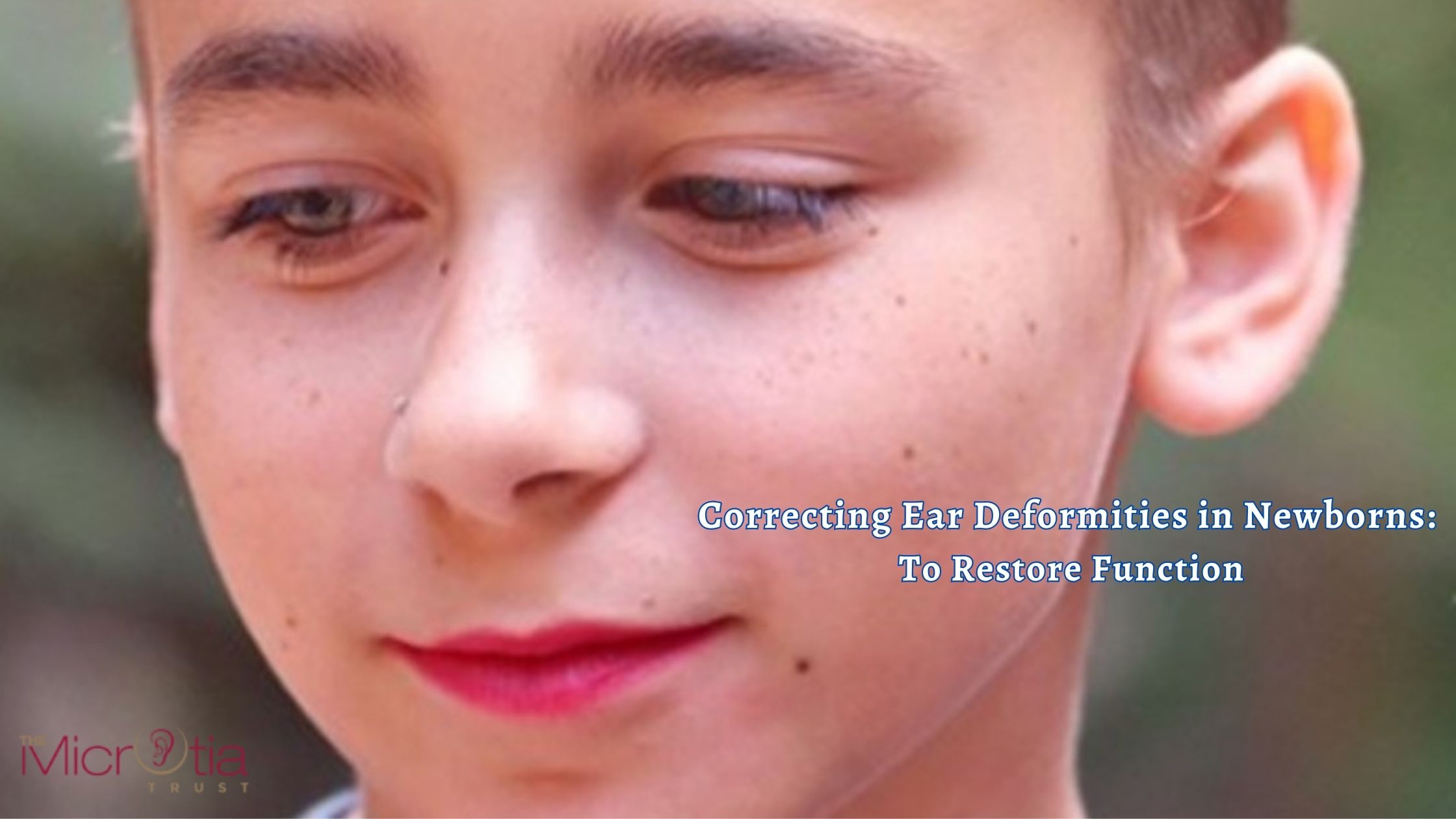Ear abnormalities are persistent in infants, prompting concern among parents who want their child's ears to look and function normally. Medical advances, thankfully, have given safe and efficient procedures for treating congenital malformations.
Dr. Parag Telang of the Microtia Trust, who provides the best treatments for ear reconstruction, explains ear deformities in Newborns. The ear is made of cartilage covered in skin, and the earlobe is made of fat and skin, and about 6-8% of infants have some sort of ear deformity. However, the surgery is not recommended unless the child is at least 4 years old and a maximum of 7 years old.
In this blog post, we will explore how ear deformities in newborns can be corrected, restoring natural beauty and improving the functionality of the ears.
What are Ear Deformities in Newborns?
Ear deformities in newborns can range from minor irregularities to more significant structural abnormalities. Common deformities include:
- Lop Ear
- Folded or cupped ears
- Bat Ear
- Cryptotia
These deformities can occur due to genetic factors, prenatal influences, or positioning in the womb. Understanding the specific type and severity of the deformity is essential in determining the appropriate treatment approach.
Note: Newborns have no treatment as the baby is too small to take up the surgery. The surgery demands cartilage from the rib of the child and can only be performed on children between 4 to 7 years old.
Surgical Interventions for Complex Deformities
Surgical intervention may be necessary for more complex ear deformities that cannot be corrected through non-surgical methods. Surgical correction typically involves reconstructive procedures performed by a skilled plastic surgeon or otolaryngologist. The specific surgical techniques utilized depend on the type and severity of the deformity.
- Otoplasty: This procedure is commonly used to correct prominent or protruding ears. It involves reshaping and repositioning the cartilage to create a more balanced and natural ear appearance.
- Microtia Reconstruction: Microtia is a condition characterized by the absence or underdevelopment of the external ear. Reconstruction techniques, such as rib cartilage grafting, can create a new ear structure that resembles a natural ear.
Seeking Professional Evaluation and Care
If one notices an ear deformity in the newborn, seeking professional evaluation and care from a qualified medical specialist is crucial. A plastic surgeon experienced in ear deformities can provide a thorough examination, accurate diagnosis, and appropriate treatment recommendations. They will guide one through the available treatment options, explain the benefits and potential risks, and help one make an informed decision about their child's care.
Ear deformities in newborns can be corrected through surgical interventions such as otoplasty for microtia reconstruction. Early intervention, professional evaluation, and personalized care are critical factors in achieving optimal outcomes and restoring natural beauty and functionality to the ears of newborns.
If one wants to seek guidance from the top ear surgeon, one can visit Dr. Parag Telang at The Microtia Trust. Pay a visit now!







